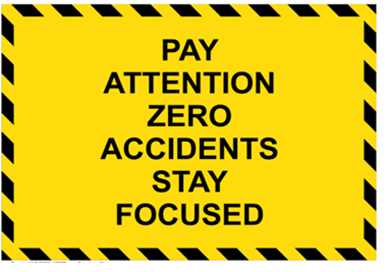Originally posted on May 21, 2022 @ 2:35 PM
Culture Silences in Safety The Collective Unconscious
 An essential in understanding culture is understanding shared consciousness and shared unconsciousness. The work of Jung charted the frontier in understanding the Collective Unconscious (https://www.are.na/block/1493356 ). What Jung discovered has huge implications for how we define and attempt to tackle the challenges of culture.
An essential in understanding culture is understanding shared consciousness and shared unconsciousness. The work of Jung charted the frontier in understanding the Collective Unconscious (https://www.are.na/block/1493356 ). What Jung discovered has huge implications for how we define and attempt to tackle the challenges of culture.
Jung discovered that various civilizations and societies over history, time and place shared social psychological things in common. How amazing to travel to societies and civilizations that had never engaged with each other but share things in common eg. mandala symbolism, moral commonalities, dance, song, art, shared archetypes, shared myths/symbols, religion, spirituality, somatic commonalities, rituals and Poetics. Jung discovered remarkable commonalities with peoples who had never engaged with the other eg. First Nations Australians and Eskimos. Jung understood The Collective Unconscious as ‘primal energies’ common universally between civilizations and societies.
The concept of the Collective Unconsciousness puts the emphasis on all the aspects of culture that are present but unseen. These are much more than just beliefs. These could be called the ‘principles’ or forces at work in culture, perhaps what Richard Dawkins called ‘memes’.
In studying and defining culture what we need to know is what powers, forces or principles ‘drive’ various Archetypes as if self-energized. Archetypes have a mind of their own beyond the sum of individuals in a collective group. We see evidences of Archetypes such as: Greed, Safety, Authority or the Hero. In many ways, these Archetypical forces seem to rally people together as if the people in the collective are seduced by it. The Archetype of War works this way. How else can one explain the senseless pursuit of war as if it is rational.
There is no rational sense or material sense for these Archetypical forces yet we see evidence everywhere. Propaganda works in such a way. Much of the work of these forces amplify as if they are plugged into their own energy, then when humans join with them, nothing seems to be able to stop them.
The Collective Unconscious can neither be measured or controlled just as culture cannot be measured or controlled. The powers, forces, principles, memes or energies cannot be seen yet the outcomes of these can been seen everywhere. Such is the nature of the Collective Unconscious. In a similar way, the individual unconscious has a Mind of its own and cannot be controlled as is evidenced in dreaming.
Unfortunately, a materialist, engineering or scientism worldview doesn’t look for an Unconscious (collective or individual) and so never really understands the dynamic energies that drive collective action. We observe these forces in religious and secular ‘movements’ such as: Trumpism, Qanon and mythologies like Zero.
When we think of culture and safety nothing stands out more than the global mantra of zero. What we witness in this cult is the blind energy and Archetype of perfectionism. Zero embodies the principle and power of the absolute, there is no compromise, conversation or adaptability in zero. The cultural symbols, artefacts and myths of zero command a discourse that can only result in brutalism for fallible people. Zero carries its own energies way beyond the people to advocate for it, it has its own dynamic embodied in the drive for perfection.
Zero demonstrates exactly how the Collective Unconscious works. We see in The Spirit of Zero (https://safetyrisk.net/the-spirit-of-zero/ ) all its rituals, cultic practices, language and faith-system acting as a meme, drives a movement that holds a power to itself that offers no hope for fallible people (https://www.humandymensions.com/product/fallibility-risk-living-uncertainty/ ).



Do you have any thoughts? Please share them below